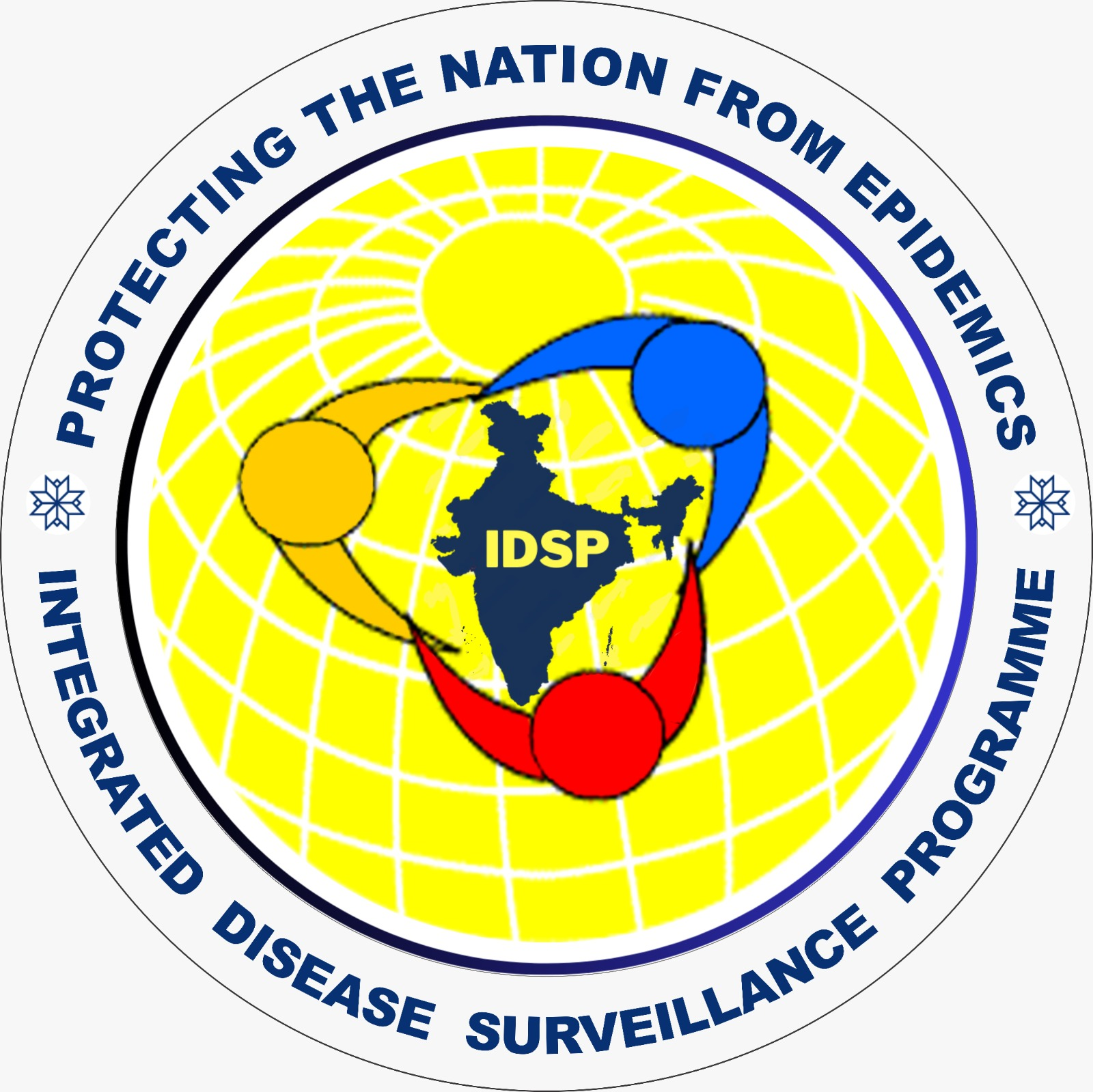



Announcements
The National Institute of Communicable Diseases (NICD) had its origin as Central Malaria Bureau, established at Kasauli (Himachal Pradesh) in 1909 and following expansion was renamed in 1927 as the Malaria Survey of India. The organization was shifted to Delhi in 1938 and called as the Malaria Institute of India (MII). In view of the drastic reduction achieved in the incidence of malaria under National Malaria Eradication Programme (NMEP), Government of India
decided to reorganize and expand the activities of the institute to cover other communicable diseases. Thus, on July 30, 1963 the erstwhile MII was renamed as NICD to shoulder these additional responsibilities.
The institute was established to function as a national centre of excellence for control of communicable diseases. Thefunction of the institute also included various areas of training and research using multi-disciplinary integrated approach.
From the Director’s Desk

Prof. (Dr.) RANJAN DAS
MBBS, MD, PGCHM, PGCHFWM, CCFE, FIPHA
Namaskar !
I consider it an honour and a great responsibility to be in charge of the historic and prestigious National Centre for Disease Control (NCDC) India, as its 26 th Director. Six months have elapsed since charge was assumed, and it is time to re-look at the spectrum of national and international public health work being done by this organization and the path needed to be adapted now, and in future.
- Modules on Public Health Management of Chemical Emergencies (CE1) by Secretary HFW on 22 October 2025


- Modules on Public Health Management of Chemical Emergencies (CE2) by Secretary HFW on 22 October 2025


- Modules on Public Health Management of Chemical Emergencies (CE3) by Secretary HFW on 22 October 2025


- Zika Testing Sites
 (123KB)
(123KB) - Air Pollution
- IEC Heat Wave
 (2KB)
(2KB) - Weekly Outbreaks
- Annual Performance Appraisal Report as on February 2017
 (66KB)
(66KB) - XIII Annual Conference of Indian Society for Malaria and Other Communicable Disease (ISMOCD)
 (1902KB)
(1902KB)
An important tool for Rapid Dissemination of Information towards Control of Diseases.
CD Alert is a monthly newsletter of the National Centre for Diseases Control, Directorate General of Health Services, to disseminate information on various aspects of communicable diseases to medical fraternity and health administrators. It is widely circulated to different parts of the country including Directorates of Health Services of different States, Districts, Primary health Centres, Medical Colleges and individuals. Many a times, the important topics covered in CD Alert have been reproduced, in part or whole, by Indian Medical Association for dissemination of knowledge. The first issue was published in August 1997 on emerging and reemerging diseases and a total of seventy five issues have been published so far.- Application for Leave/Extension of Leave for Gazetted Officer
 (7 KB)
(7 KB) - Charge Assumption Report on returning from leave
 (8 KB)
(8 KB) - Charge Relinquishment Report before proceeding on leave
 (5 KB)
(5 KB) - Declaration form is required to be filled in and submitted by every member of class-I and II service under rule 15(3) of the CCS (CONDUCT) Rules, 1964
 (7 KB)
(7 KB) - Form for giving prior intimation or seeking previous sanction under Rule 18 (3) for transaction in respect of movable property
 (11 KB)
(11 KB) - Form for giving prior intimation or seeking previous sanction under Rule 18(2) in respect of immovable property (other than for building of or additions and alterations to a house)
 (11 KB)
(11 KB)
National Health Programme
-

National Programme on Climate Change & Human Health (NPCCHH)
-

Integrated Disease Surveillance Programme(IDSP)
-

National Rabies Control Programme
-

Programme for Prevention and Control of Leptospirosis
-

Guinea Worm Eradication Programme (GWEP)
-

Yaws Eradication Programme (YEP)
-

National One Health Programme for Prevention and Control of Zoonoses (NOHP-PCZ)
-

National Viral Hepatitis Surveillance Programme
-

Antimicrobial Resistance (AMR) Containment
-

National Programme for Prevention and Control of Snakebite Envenoming
-

National Biomonitoring Programme for Chemical Toxicants
Media Gallery
View All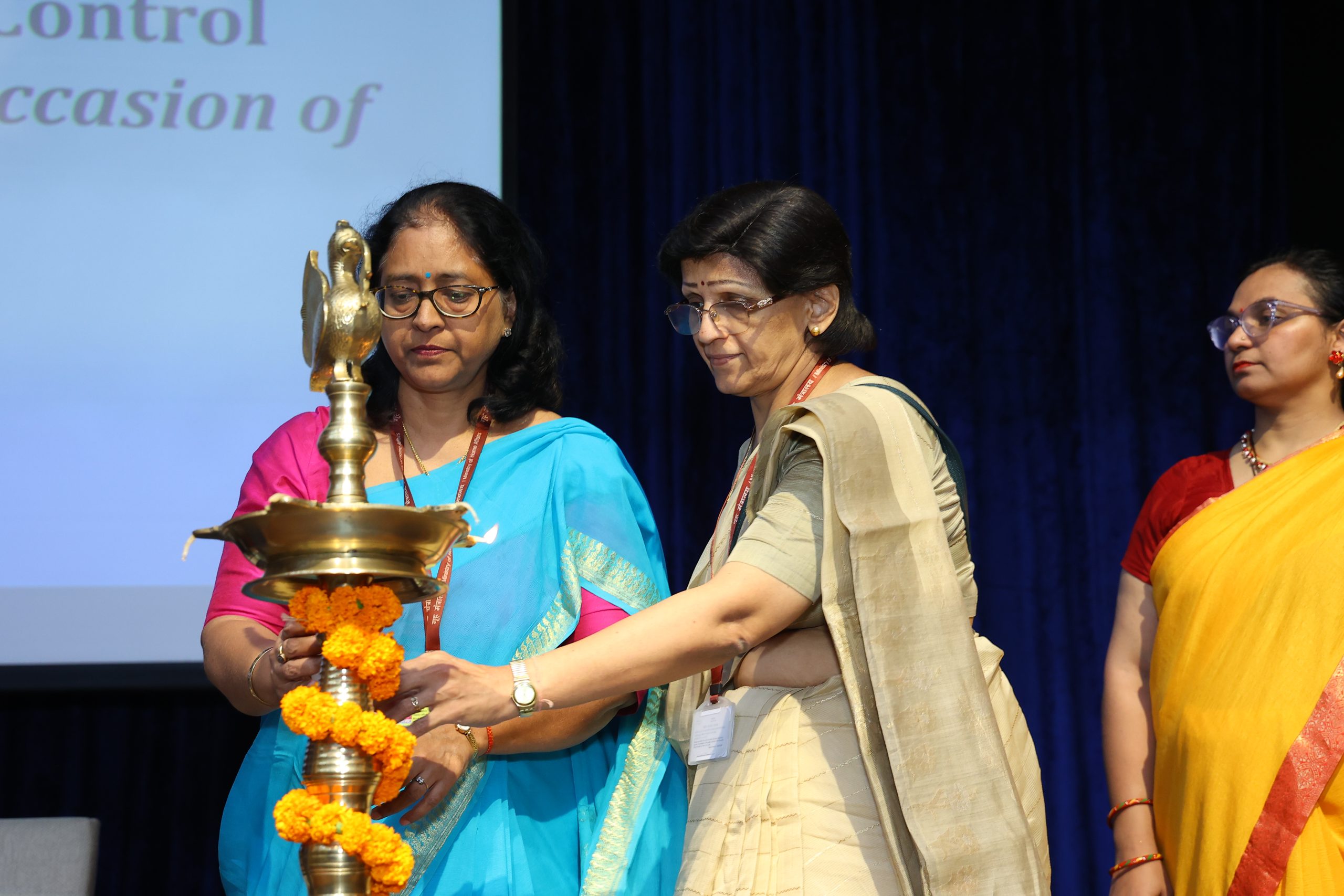

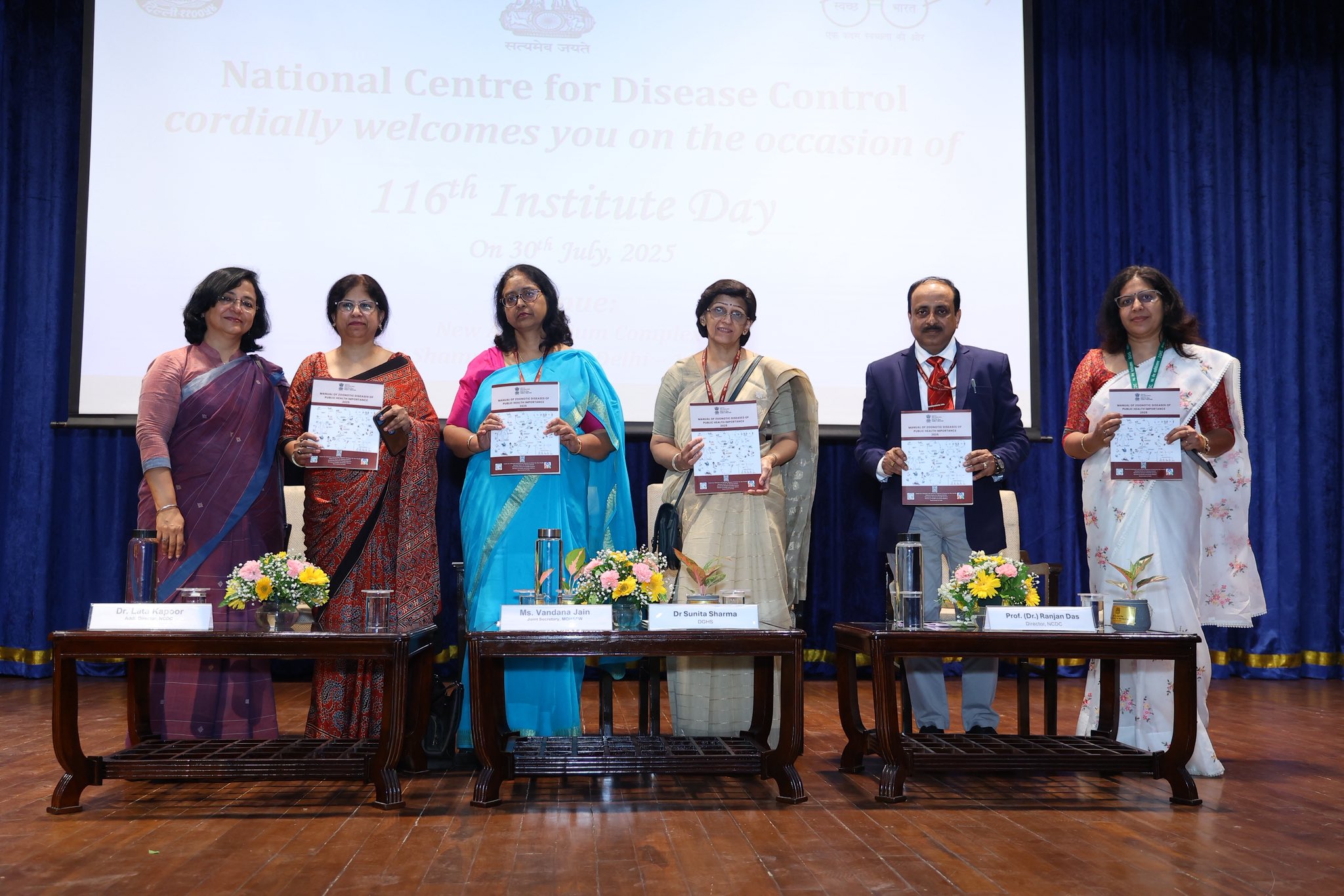
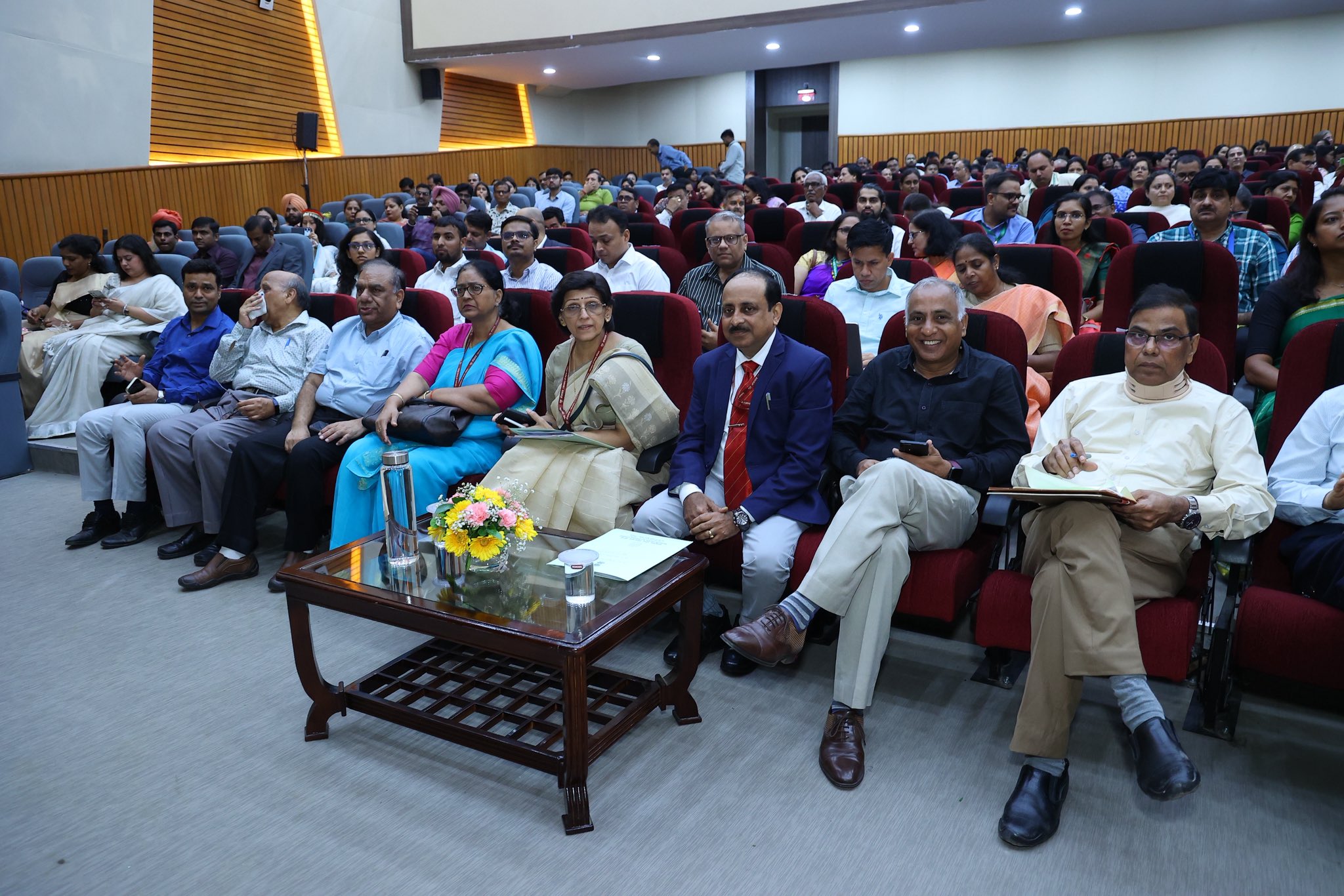
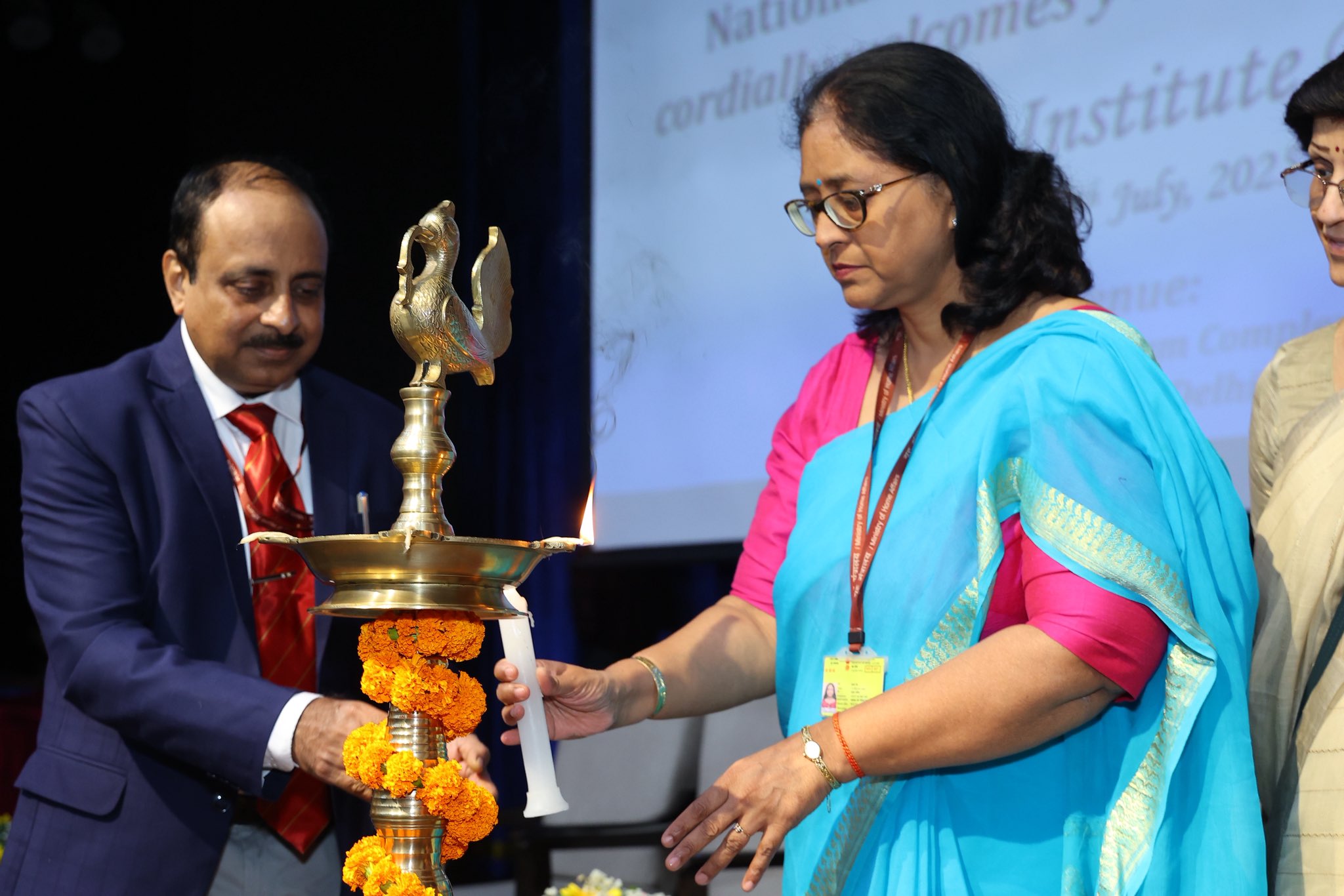


Training Programmes
India Epidemic Intelligence Service Programme
Intermediate Field Epidemiology Training Programme (AIIH&PH, Kolkata)
Intermediate-Field Epidemiology Training Programme (NIPHTR, Mumbai)
SectorConnect
Regional Field Epidemiology Training Programme (FETP)
Two-week Field Epidemiology Training Programme (FETP)
Regional Training Programme on Prevention and Control of Communicable Diseases for paramedics






















